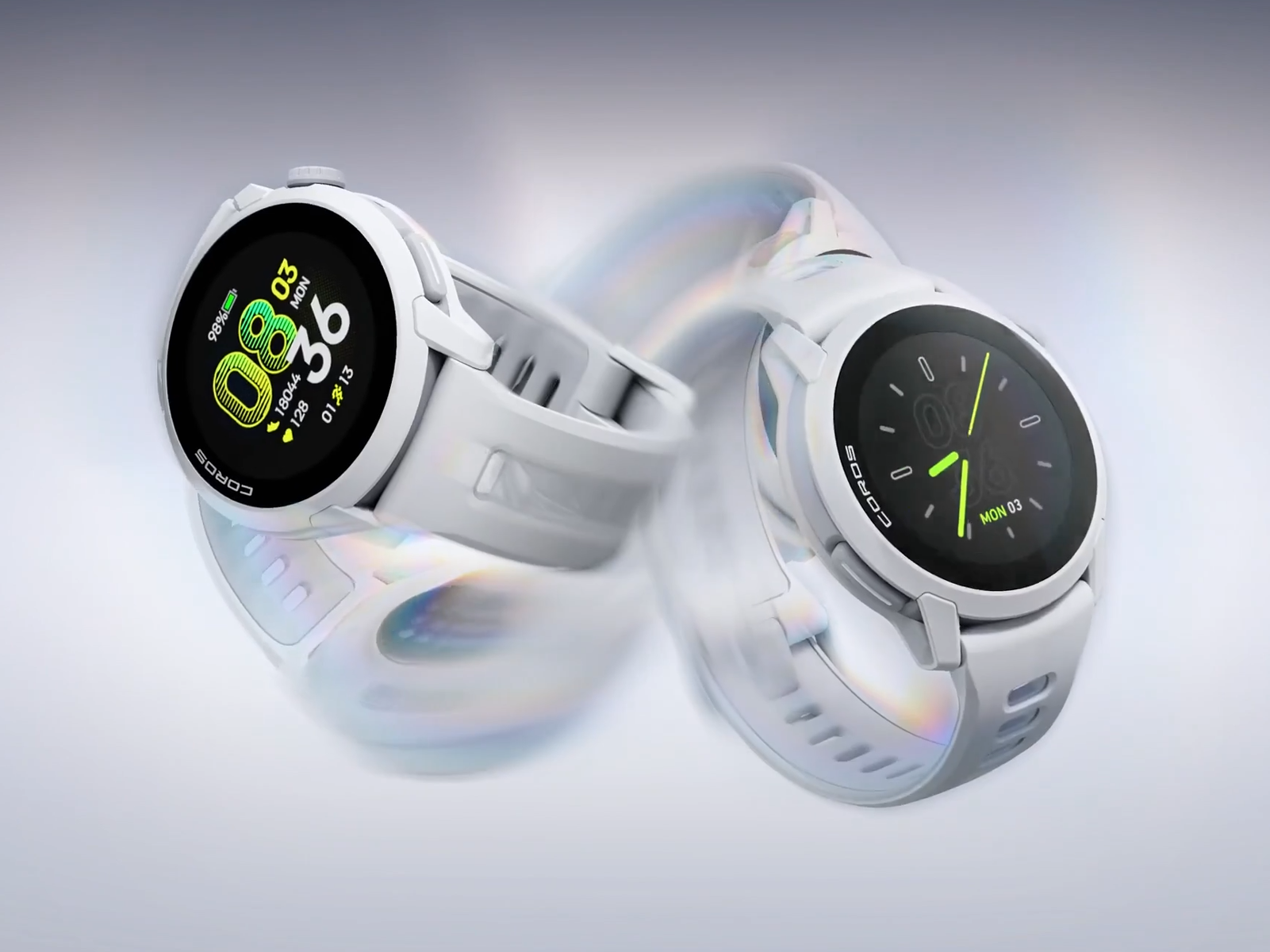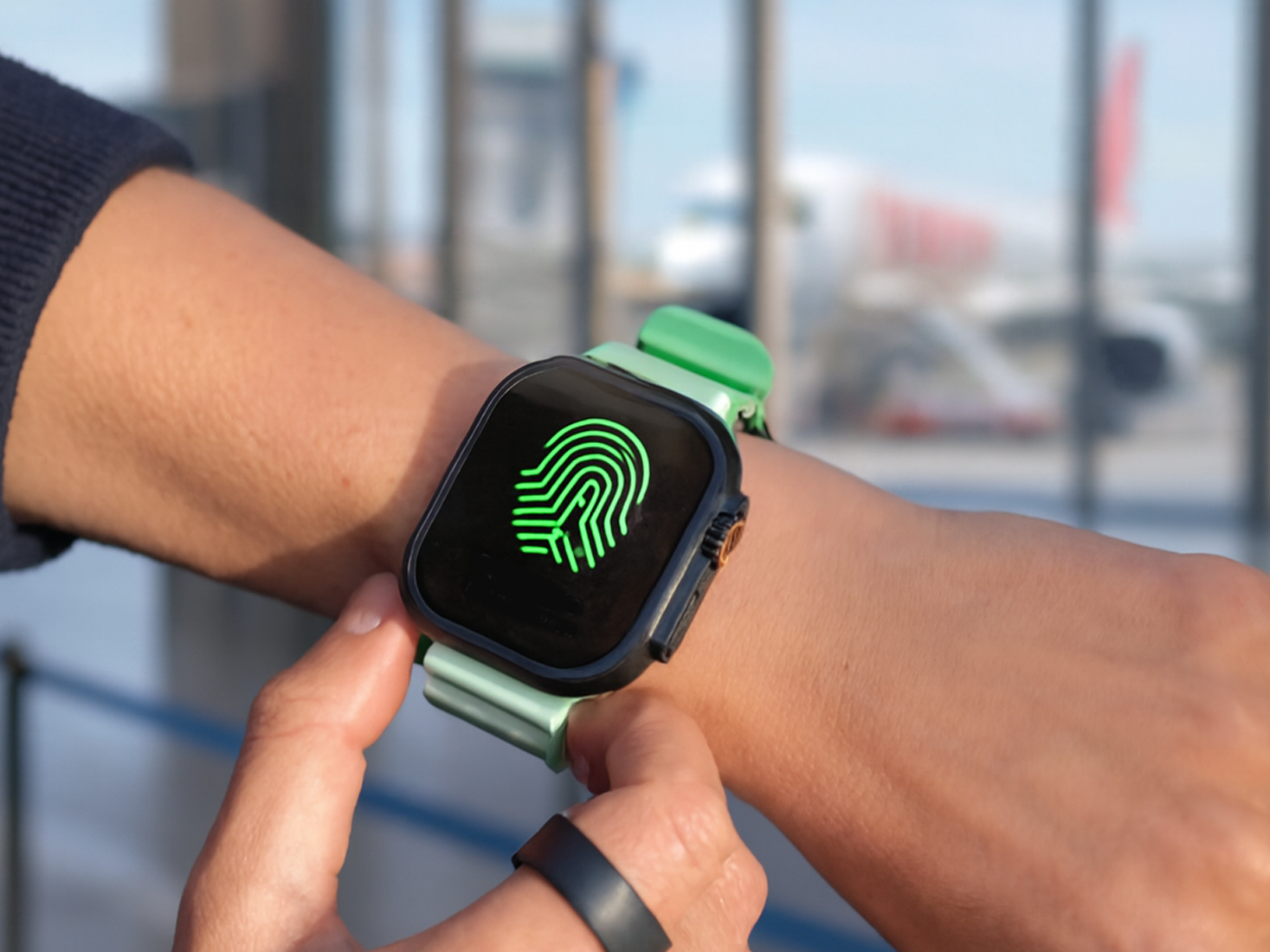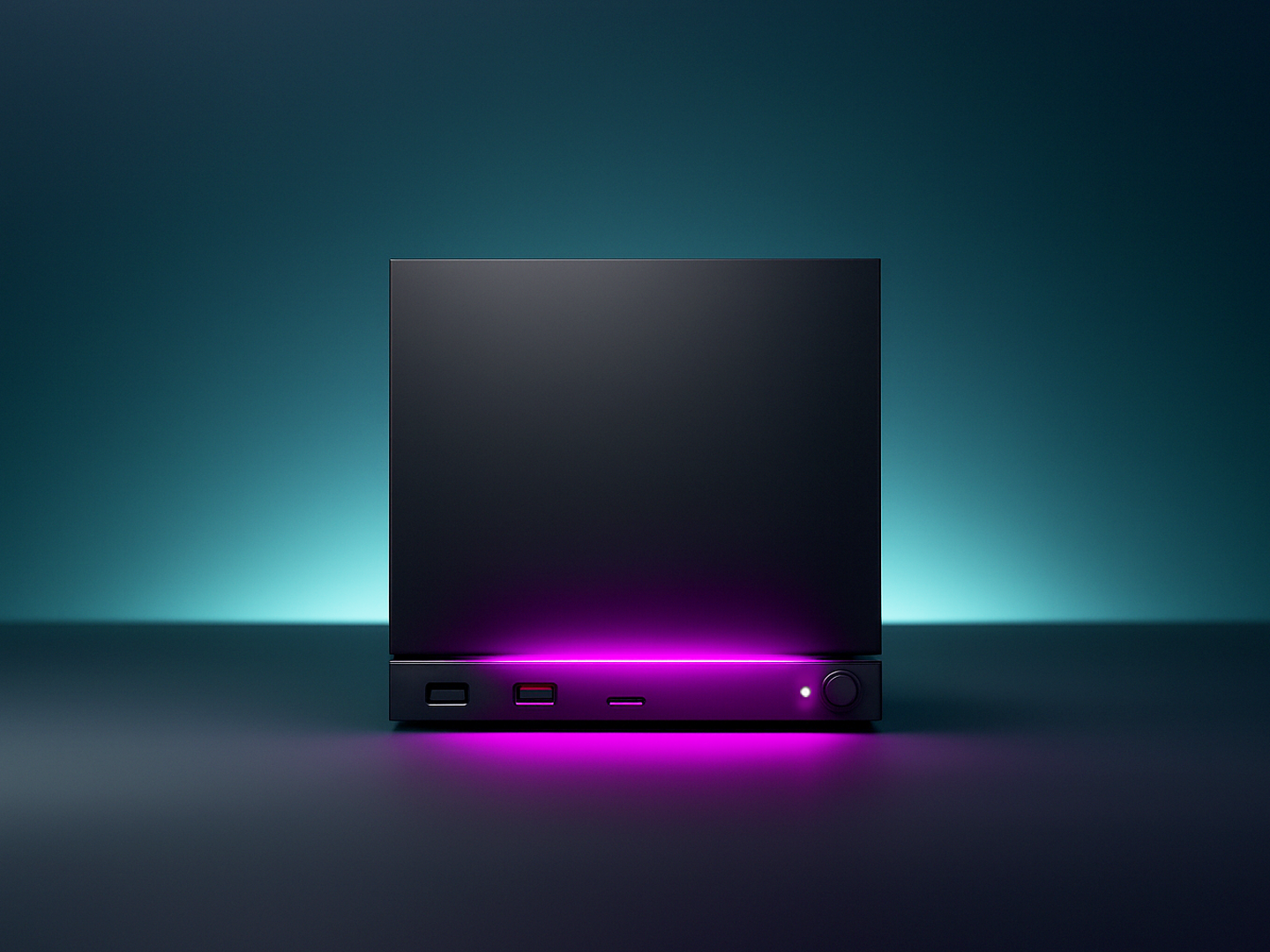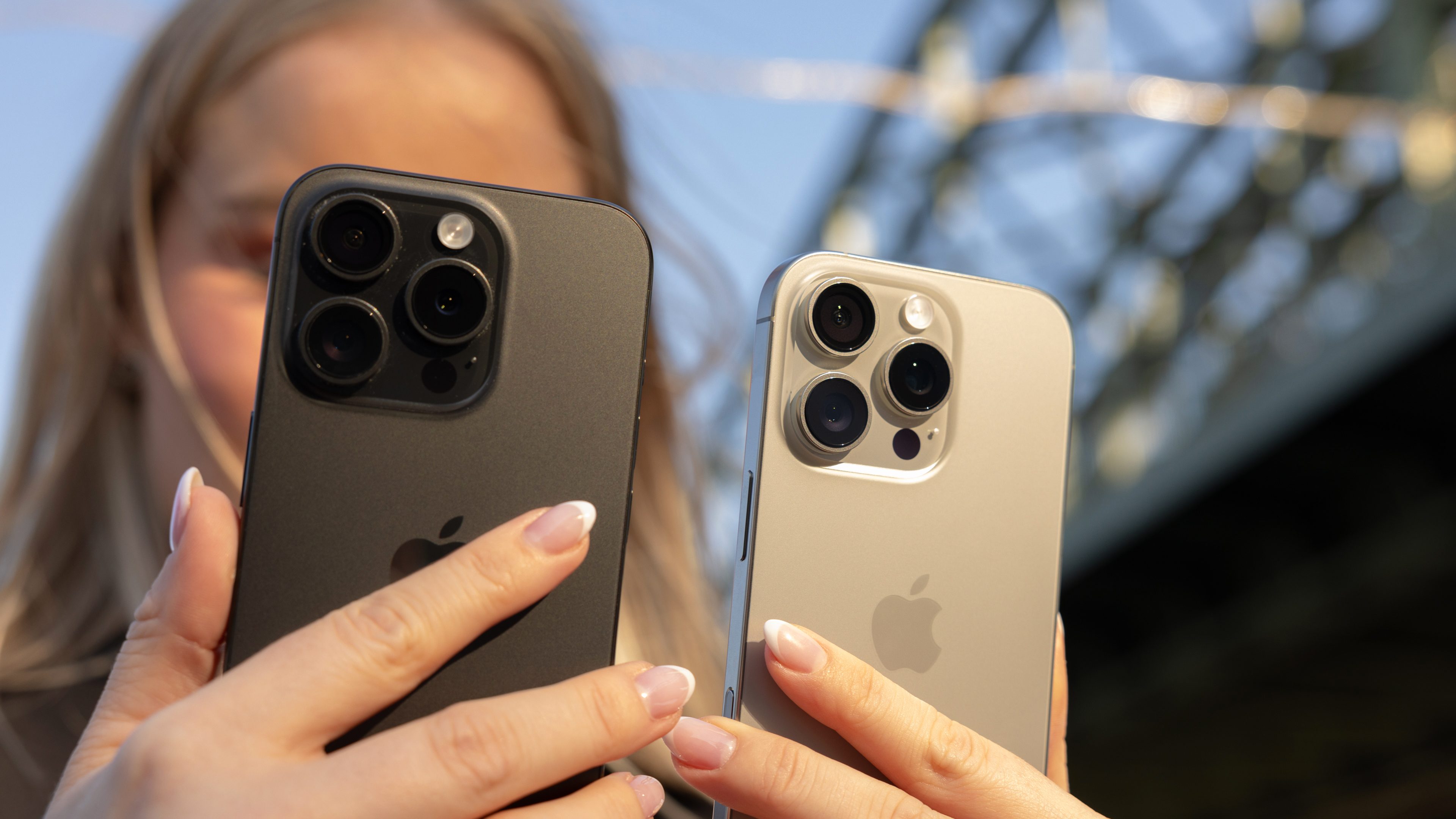
Sony has long held the exclusive position of supplying camera sensors for iPhones, while Samsung has primarily focused on equipping Android devices with its imaging technology. However, this dominance may soon face a challenge. A new report suggests that Samsung is developing a 3-layer stacked image sensor, potentially destined for future iPhones.
iPhones could switch to Samsung-made sensors
According to frequent leaker Jukanlosreve, Samsung is working on a 48 MP 3-layer stacked camera sensor, an evolution to Sony’s 2-layer sensor that is already found in some flagships. Interestingly, this sensor may not feature in Samsung’s own Galaxy devices. Instead, it is rumored to debut in the iPhone 18 series, slated for release next year.
The upcoming sensor is described as “more advanced” than Sony’s current Exmor sensors, which power the cameras in today’s iPhones. The leaker speculates that Samsung’s new 48 MP sensor could replace Sony’s as the main imaging sensor for this next-generation iPhone.
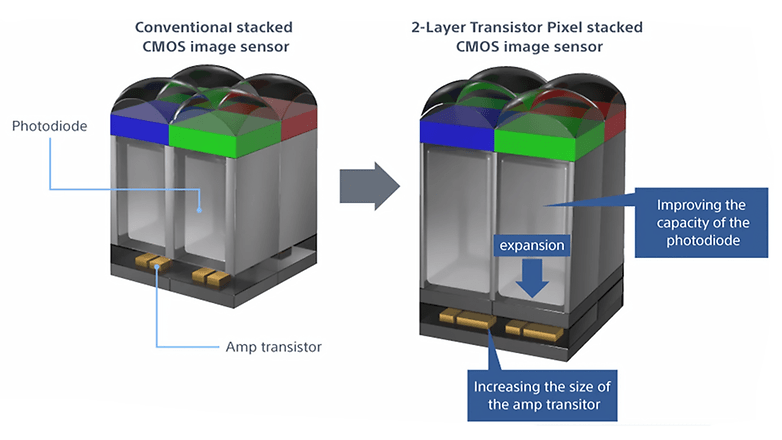
This report aligns with earlier predictions by noted analyst and Apple leaker Ming-Chi Kuo. However, Kuo had suggested that Samsung’s sensor might be used for the iPhone’s ultrawide camera rather than the primary lens. While these details remain speculative, the development adds intrigue to the camera capabilities of future iPhones.
What Are the Benefits of a 3-Layer Stacked Image Sensor?
A 3-layer stacked image sensor offers several advantages over single and dual-layer designs. Most notably, this technology enhances color accuracy and vibrancy by isolating color information across three layers. It also significantly improves low-light performance, a crucial factor in modern smartphone photography.
Additionally, the 3-layer design enables higher effective resolution without relying on pixel binning or interpolation. This means the sensor can fully utilize its 48 MP resolution as the default, delivering sharper and more detailed images.
For its Galaxy lineup, Samsung is reportedly developing a separate sensor. This includes a massive 500 MP camera sensor, though details remain scarce at this stage.
Could this advanced camera technology make the iPhone 18 even more appealing? Should Samsung adopt a similar sensor for its Galaxy smartphones instead of pursuing higher megapixel counts? We’d love to hear your thoughts in the comments below!
Via: 9to5Mac
Source:
Jukanlosreve on X




